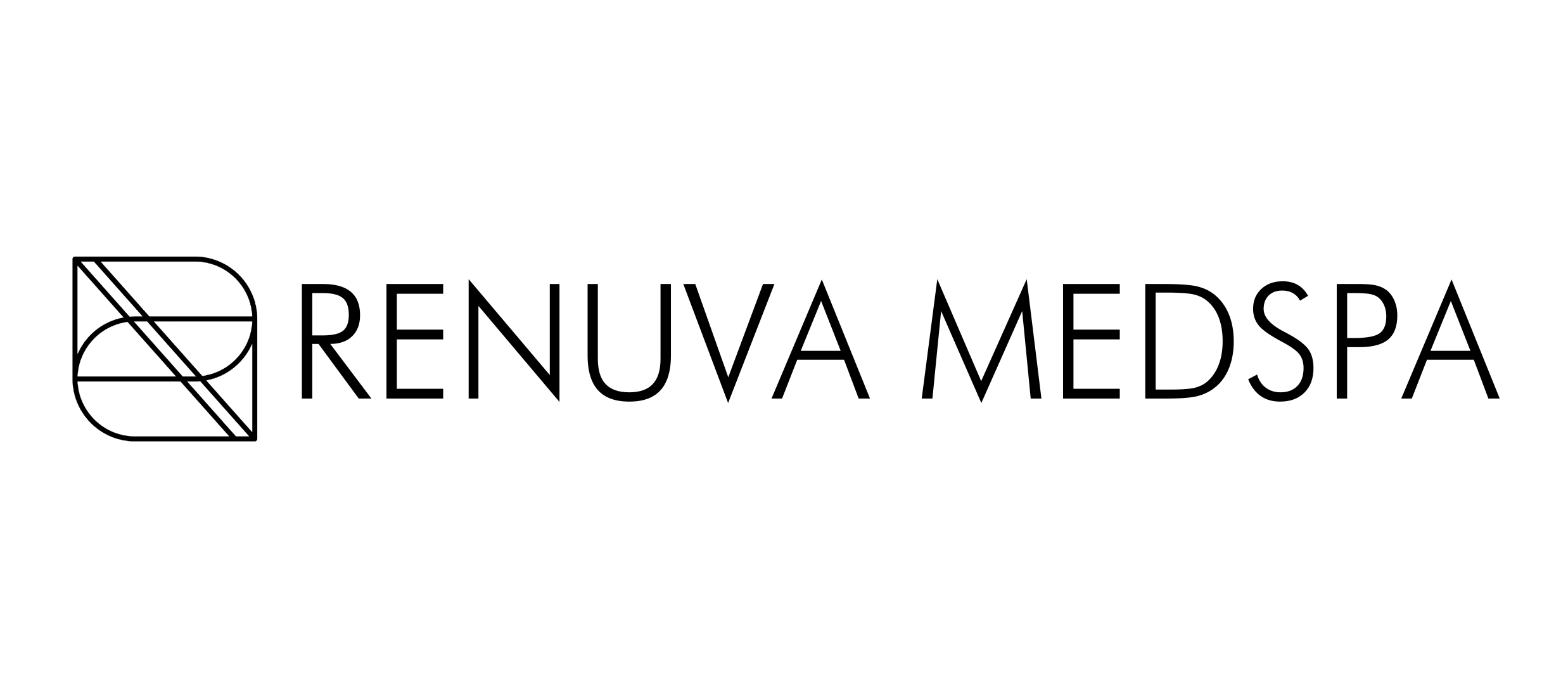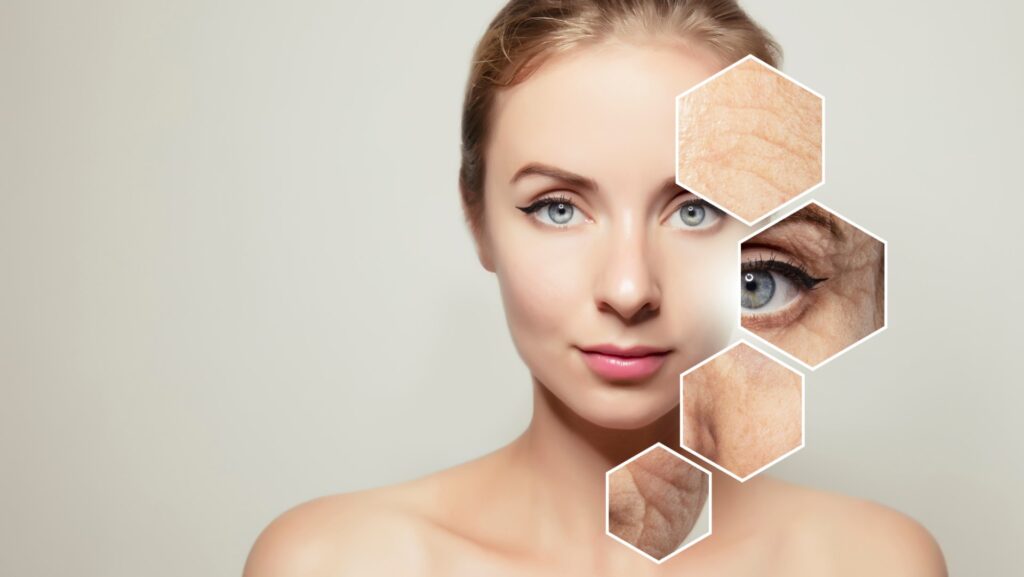In today’s aesthetics-driven world, cosmetic treatments have surged in popularity, offering advanced solutions for enhancing natural beauty and reversing the signs of aging. Restylane and Botox emerge as frontrunners among the plethora of options, each with unique benefits and applications.
At Renuva Medspa, we serve Bridgeville and Pittsburgh, PA, and specialize in these transformative solutions, offering personalized care tailored to each patient’s unique aesthetic goals. This comparison aims to shed light on these leading cosmetic treatments, helping you navigate the intricate world of cosmetic enhancements.
What Is Botox?
Botox, derived from botulinum toxin, works as a neuromodulator. It temporarily paralyzes muscles, significantly reducing the appearance of dynamic wrinkles. Dynamic wrinkles result from muscle movement, such as frowning, squinting, or smiling. By inhibiting nerve signals in the treated area, Botox prevents the muscle contractions that cause these wrinkles, leading to a smoother skin surface.
This makes it particularly effective for forehead lines, crow’s feet around the eyes, and glabellar lines (“11” between the brows). Beyond cosmetic applications, Botox has therapeutic uses, such as treating excessive sweating (hyperhidrosis), migraines, and specific muscle disorders.
What Is Restylane?
Restylane is a brand name for a family of hyaluronic acid-based dermal fillers, including products like Restylane Lyft and Restylane Contour. Hyaluronic acid is a substance naturally occurring in the body, known for its ability to retain moisture. When injected, Restylane products fill in wrinkles and add volume to facial features, such as the cheeks and lips. They are particularly adept at addressing static wrinkles, which are visible even when the face is at rest.
Restylane can also enhance facial contours and improve skin hydration, contributing to a more youthful and revitalized appearance. The effects of Restylane are immediate and can last up to 18 months, depending on the specific product and the area treated.
What Are the Differences in the Usage of Restylane and Botox?
Restylane and Botox are popular cosmetic treatments used to reduce signs of aging, but they work in different ways and are used for varying purposes. Here are the main differences:
Mechanisms of Action
Botox works by temporarily paralyzing muscles, which reduces the appearance of dynamic wrinkles — those that appear with facial expressions like smiling, frowning, or squinting. It blocks the nerve signals that cause muscles to contract, leading to smoother skin in the treated area.
Restylane, on the other hand, is a filler made of hyaluronic acid, a substance naturally found in the body. It works by adding volume to the facial tissue, smoothing out static wrinkles (wrinkles that are visible even when the face is at rest), and enhancing facial contours or lips.
Targeted Concerns
Botox is commonly used to treat dynamic wrinkles, such as crow’s feet, forehead lines, and frown lines between the eyebrows. It is also used for medical purposes, such as treating excessive sweating and chronic migraines.
Restylane is best for addressing static wrinkles, such as those around the mouth and nose, adding volume to cheeks and lips, and correcting age-related volume loss. It’s versatile in treating different face areas for a rejuvenated look.
Results and Longevity
The effects of Botox typically start to show within a few days after treatment, with peak results visible after about one to two weeks. The results usually last three to six months, after which the treatment can be repeated.
Restylane provides immediate results due to its filling effect. The longevity of the results can vary depending on the specific product used and the area treated, generally lasting between six and 18 months. Some Restylane products are designed for particular areas, such as the lips or cheeks, and their formulation may affect how long the results last.
How Do You Know Which Treatment Is Best for You?
It is essential to carefully consider your specific aesthetic concerns and the results you aim to achieve when determining the best treatment between Restylane and Botox. If you wish to address volume loss or smooth out static wrinkles, Restylane may offer the most benefits. Its range of hyaluronic acid-based fillers can plump up the skin, fill in wrinkles, and enhance facial contours or lips for a more youthful appearance.
On the other hand, Botox is particularly effective for dynamic wrinkles caused by repeated muscle movements such as frowning, smiling, or squinting. If your goal is to smooth out these expression lines and prevent new ones from forming, Botox might be the preferable option. Additionally, it’s essential to consider the longevity of the results. Restylane tends to last longer than Botox, making it a factor to consider based on how frequently you’re willing to undergo maintenance treatments.
Smooth Wrinkles and Restore Volume With Restylane and Botox in Bridgeville and Pittsburgh, PA
In cosmetic enhancements, Restylane and Botox offer effective solutions for various concerns, from wrinkles and fine lines to loss of facial volume. While each has unique advantages, the key to a successful outcome lies in choosing the right treatment for your specific needs. At Renuva Medspa, serving Bridgeville and Pittsburgh, PA, we offer Restylane and Botox treatments tailored to your aesthetic needs. We want to provide personalized care and achieve our patients’ best possible outcomes.
Whether you want to smooth wrinkles, restore facial volume, or achieve a more youthful appearance, we’re here to guide you through your rejuvenation journey. To learn more about how Restylane and Botox can benefit you or to schedule your consultation with us, please contact us via our online form or at (412) 880-2522. Let us help you achieve your desired look with the utmost care and professionalism.


